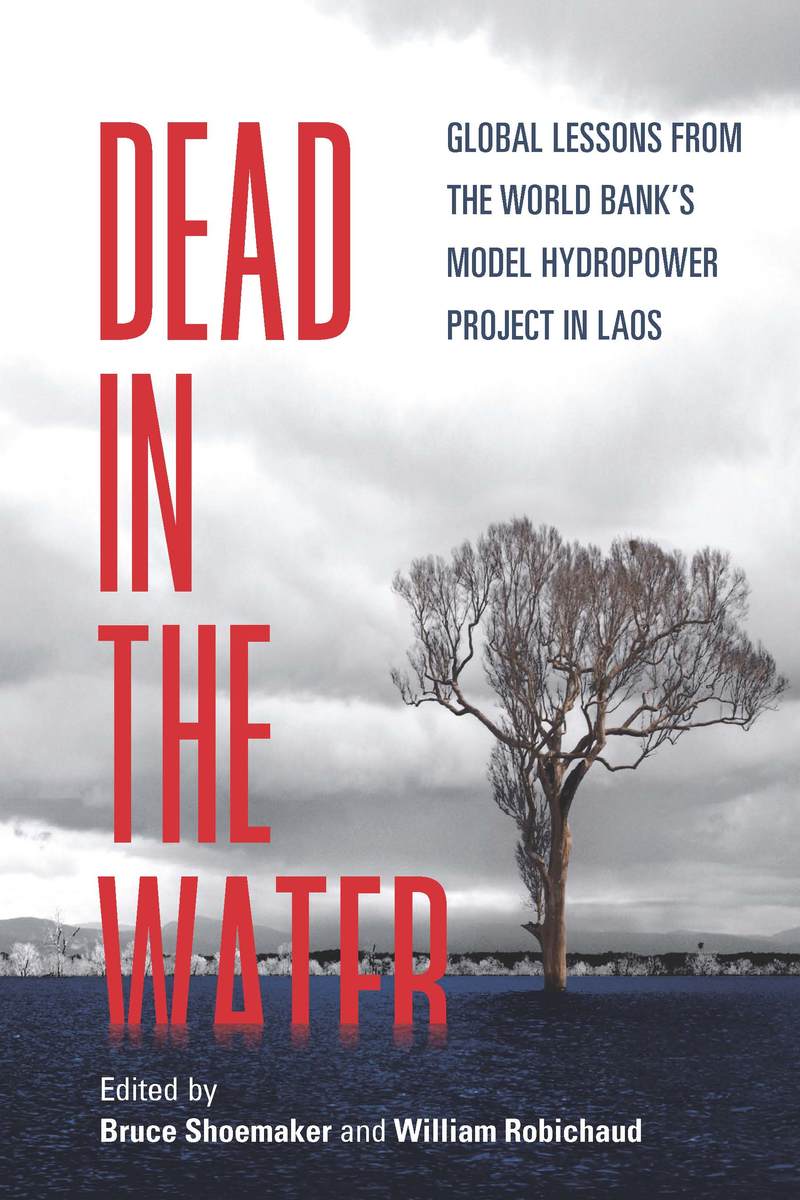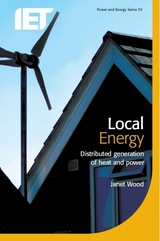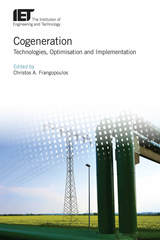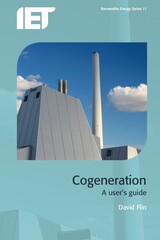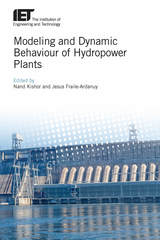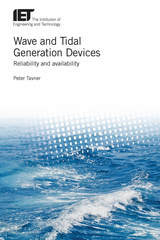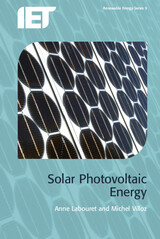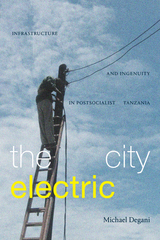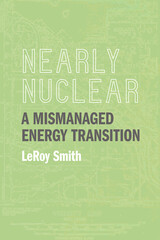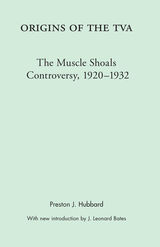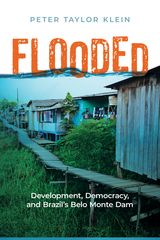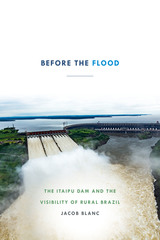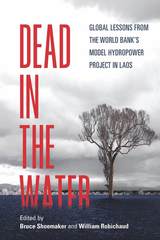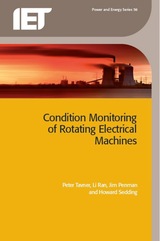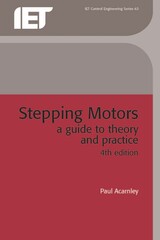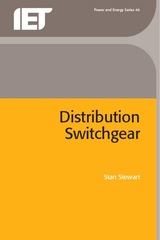Dead in the Water: Global Lessons from the World Bank's Model Hydropower Project in Laos
University of Wisconsin Press, 2019
Paper: 978-0-299-31794-2 | Cloth: 978-0-299-31790-4 | eISBN: 978-0-299-31793-5
Library of Congress Classification TK1513.L28D43 2018
Dewey Decimal Classification 333.91409594
Paper: 978-0-299-31794-2 | Cloth: 978-0-299-31790-4 | eISBN: 978-0-299-31793-5
Library of Congress Classification TK1513.L28D43 2018
Dewey Decimal Classification 333.91409594
ABOUT THIS BOOK | AUTHOR BIOGRAPHY | REVIEWS | TOC | REQUEST ACCESSIBLE FILE
ABOUT THIS BOOK
For decades, large dam projects have been undertaken by both nations and international agencies with the aim of doing good: preventing floods, bringing electricity to rural populations, producing revenues for poor countries, and more. But time after time, the social, economic, and environmental costs have outweighed the benefits of the dams, sometimes to a disastrous degree. In this volume, a diverse group of experts—involved for years with the Nam Theun 2 dam in Laos—issue an urgent call for critical reassessment of the approach to, and rationale for, these kinds of large infrastructure projects in developing countries.
In the 2000s, as the World Bank was reeling from revelations of past hydropower failures, it nonetheless promoted the enormous Nam Theun 2 project. NT2, the Bank believed, offered a new, wiser model of dam development that would alleviate poverty, protect the environment, engage locally affected people in a transparent fashion, and stimulate political transformation. This was a tall order. For the first time, this book shows in detail why, despite assertions of success from the World Bank and other agencies involved in the project, the dam's true story has been one of substantial loss for affected villagers and the regional environment. Nam Theun 2 is an important case study that illustrates much broader problems of global development policy.
In the 2000s, as the World Bank was reeling from revelations of past hydropower failures, it nonetheless promoted the enormous Nam Theun 2 project. NT2, the Bank believed, offered a new, wiser model of dam development that would alleviate poverty, protect the environment, engage locally affected people in a transparent fashion, and stimulate political transformation. This was a tall order. For the first time, this book shows in detail why, despite assertions of success from the World Bank and other agencies involved in the project, the dam's true story has been one of substantial loss for affected villagers and the regional environment. Nam Theun 2 is an important case study that illustrates much broader problems of global development policy.
See other books on: Dams | Dead | Economic development projects | Economics & Trade | Water
See other titles from University of Wisconsin Press
